What are Autonomous Vehicles (AGVs and AMRs)?
Autonomous vehicles (AGVs/AMRs) are used to automate transportation tasks, primarily in the production and logistics sectors. The main difference between an Automated Guided Vehicle (AGV) and an Autonomous Mobile Robot (AMR) is that the latter is equipped with artificial intelligence, allowing it to navigate around obstacles and perform more autonomous functions without requiring pre-programmed routes.
Tele Radio’s remote control for autonomous vehicles enables remote operation, featuring an emergency stop button that functions as a PLd CAT3 and SIL3 PLe emergency stop system. Additionally, when no predefined route is available, the remote control can manually guide the vehicle to a specific destination, offering customizable functionality based on user needs.
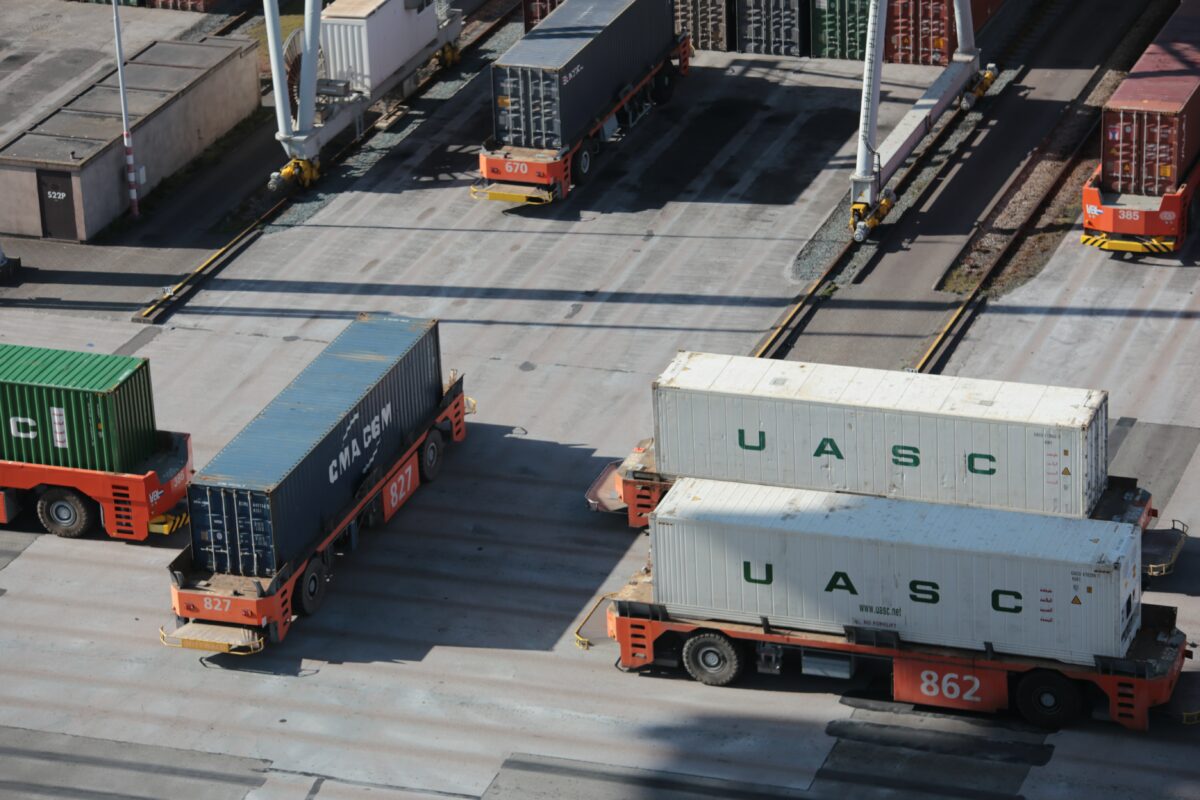
Remote control for autonomous vehicles plays a crucial role when cargo needs to be transported to an external location, when handling heavy or delicate loads, or when reducing both operational and workplace safety risks.
Autonomous vehicles (AGVs/AMRs) share a common goal with Tele Radio’s industrial remote controls: both enhance workplace safety and simplify the operator’s tasks by automating many processes.
- Automated guided vehicles (AGVs) operate using navigation based on reflectors installed at strategic points in the workspace or by positioning coordinates from a prior scan of the facility. When the workplace layout changes, it becomes necessary to guide the vehicle with our industrial remote control, as AGVs do not continuously map their surroundings but rather learn a fixed layout.
- Autonomous mobile robots (AMRs) feature more advanced hardware and software, enhancing their artificial intelligence capabilities. They operate by continuously mapping the workspace, allowing them to avoid obstacles.
- In such cases, especially with heavy, oversized, or delicate loads that require a different speed or a specific route, Tele Radio’s wireless remote control is a valuable tool for ensuring both operator and load safety.
Mobile Device vs. Industrial Remote Control
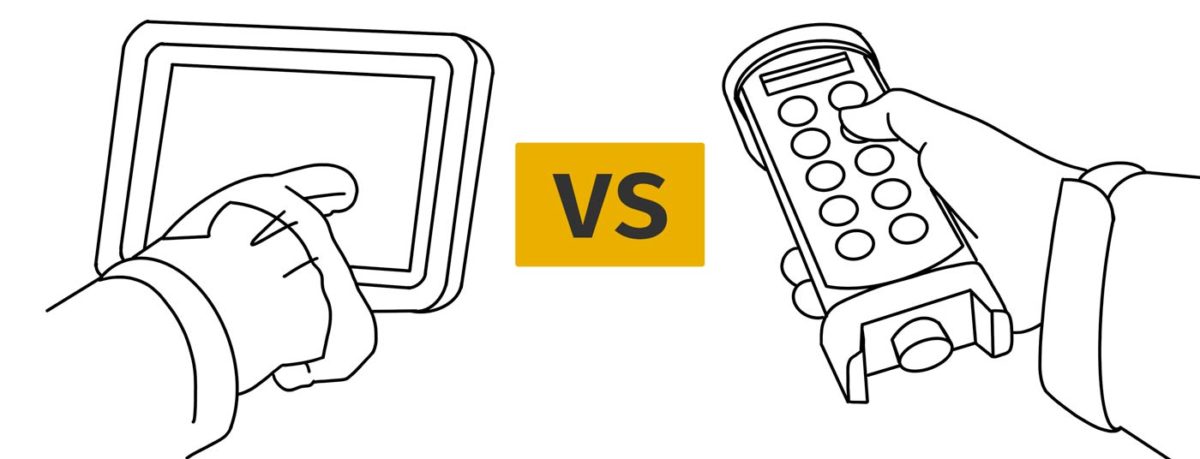
The Industrial functionality of Remote Control for Autonomous Vehicles vs. the domestic use of tablets or mobile devices
The industrial functionality of a remote control for autonomous vehicles differs significantly from the domestic use of a tablet or mobile device. Primarily, due to the need for specialized software, which requires extensive external development in both time and budget.
1. Robustness and Ergonomics
Industrial remote controls are designed for extreme conditions, ensuring durability in temperatures ranging from -4°F to 131°F. They are also equipped with IP-rated protection against water and dust, guaranteeing long-term reliability in challenging environments.
2. Safety Features
Unlike tablets or mobile devices, industrial remotes include an emergency stop button (SIL3 PLe or PLd CAT3), providing a higher level of operational safety. This feature is crucial in industrial applications where quick response times can prevent accidents.
3. Battery Life and Continuous Operation
Tele Radio’s lithium batteries offer up to 150 hours of continuous operation for guided vehicles (AGVs) and autonomous mobile robots (AMRs), significantly surpassing the battery life of mobile devices used for control purposes.
4. Information Display
Tablets provide a broad display for real-time data visualization, which can be useful for monitoring autonomous vehicles. However, industrial remote controls, such as Tele Radio’s Tiger and TEQ series, address this need by incorporating a small, built-in display panel that delivers essential operational information directly on the remote itself.
While tablets and mobile devices can serve as complementary tools for autonomous vehicle control, an industrial-grade remote control remains the superior choice for reliability, safety, and uninterrupted operation.
Remote Control for Autonomous Vehicles with Mobile Device Visibility
If the on-screen feedback of our wireless remote controls is not sufficient, Tele Radio offers an alternative with a fixed arm on the device, allowing a tablet to be mounted at one end.
This solution maintains the ruggedness and ergonomics of an industrial remote control while providing expanded information visibility through a mobile device.
Additionally, even though the tablet has a shorter battery life than the wireless remote, operation can continue without it. This means that if the task at hand does not require continuous feedback, work can still be completed without halting production.
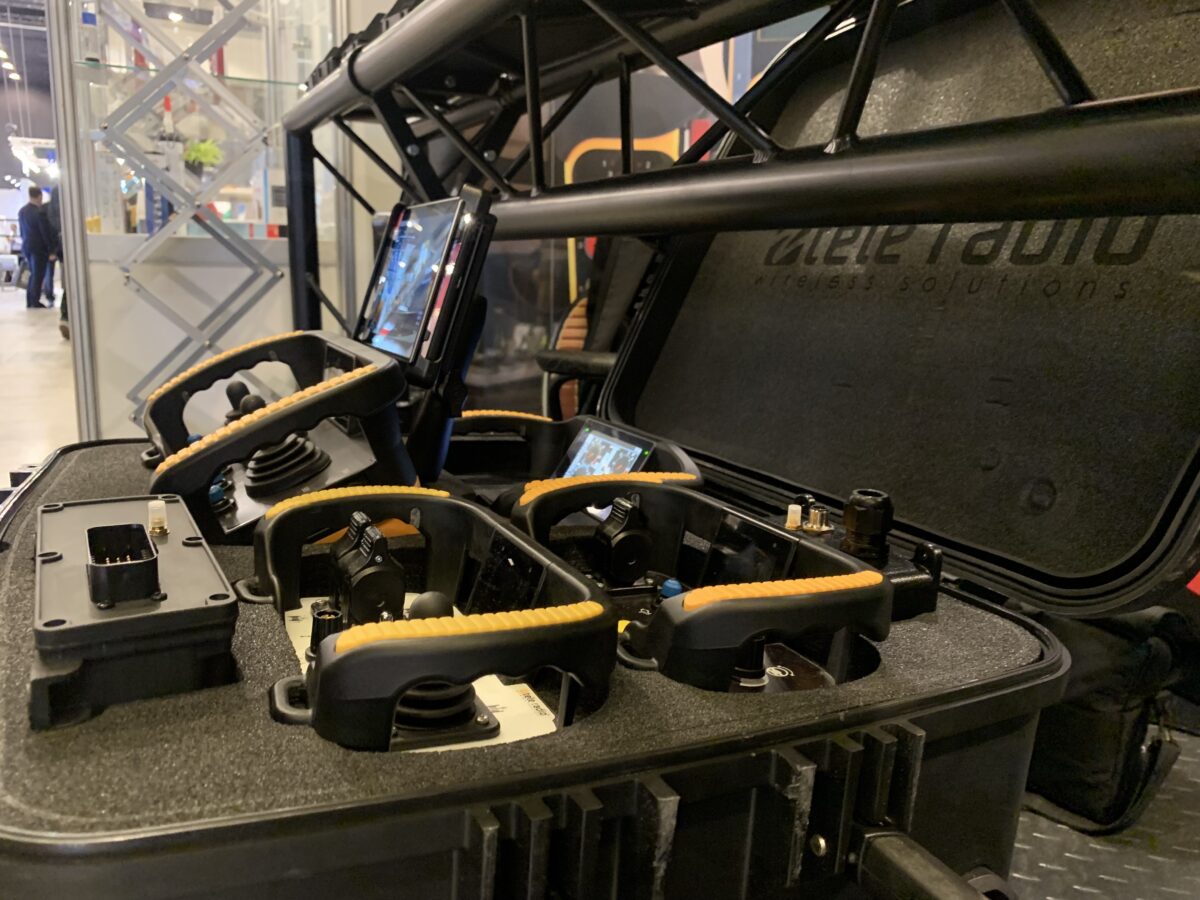
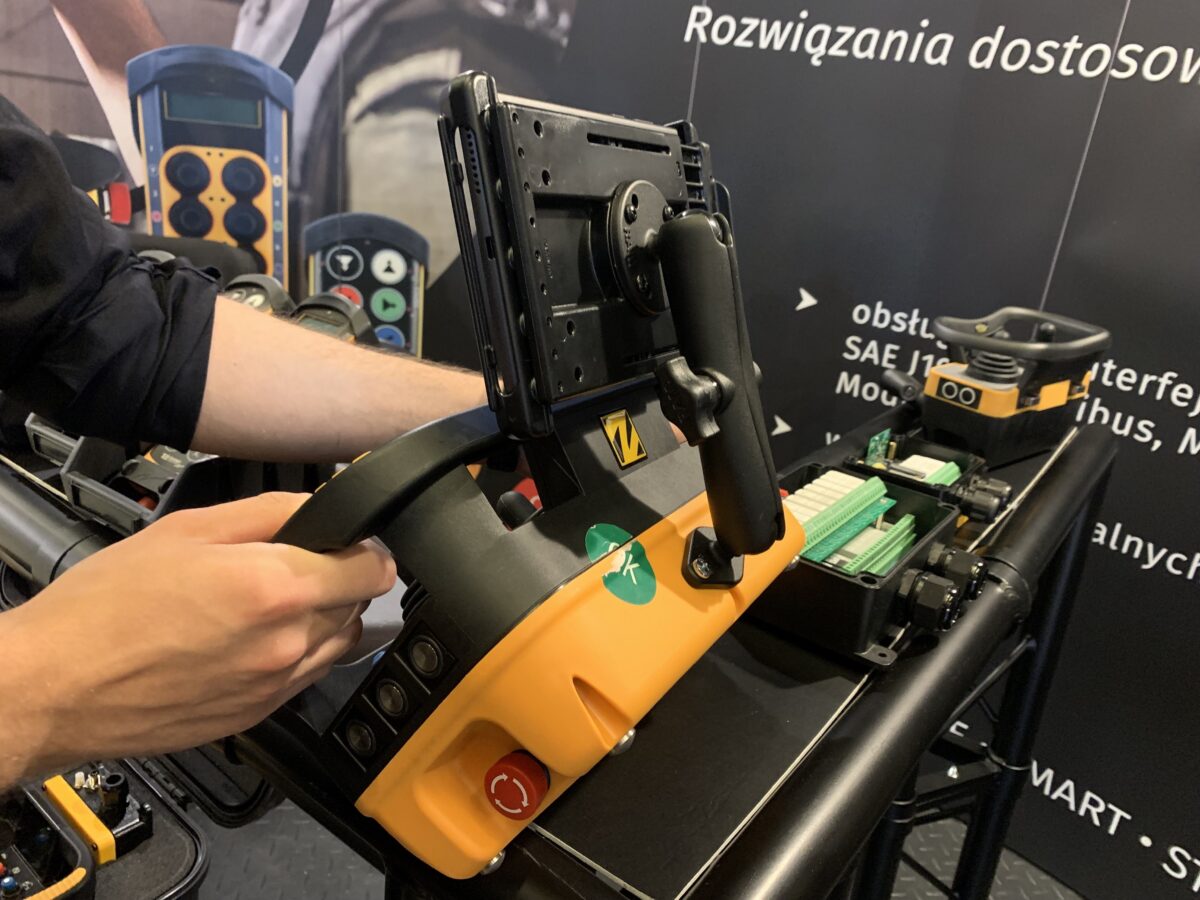
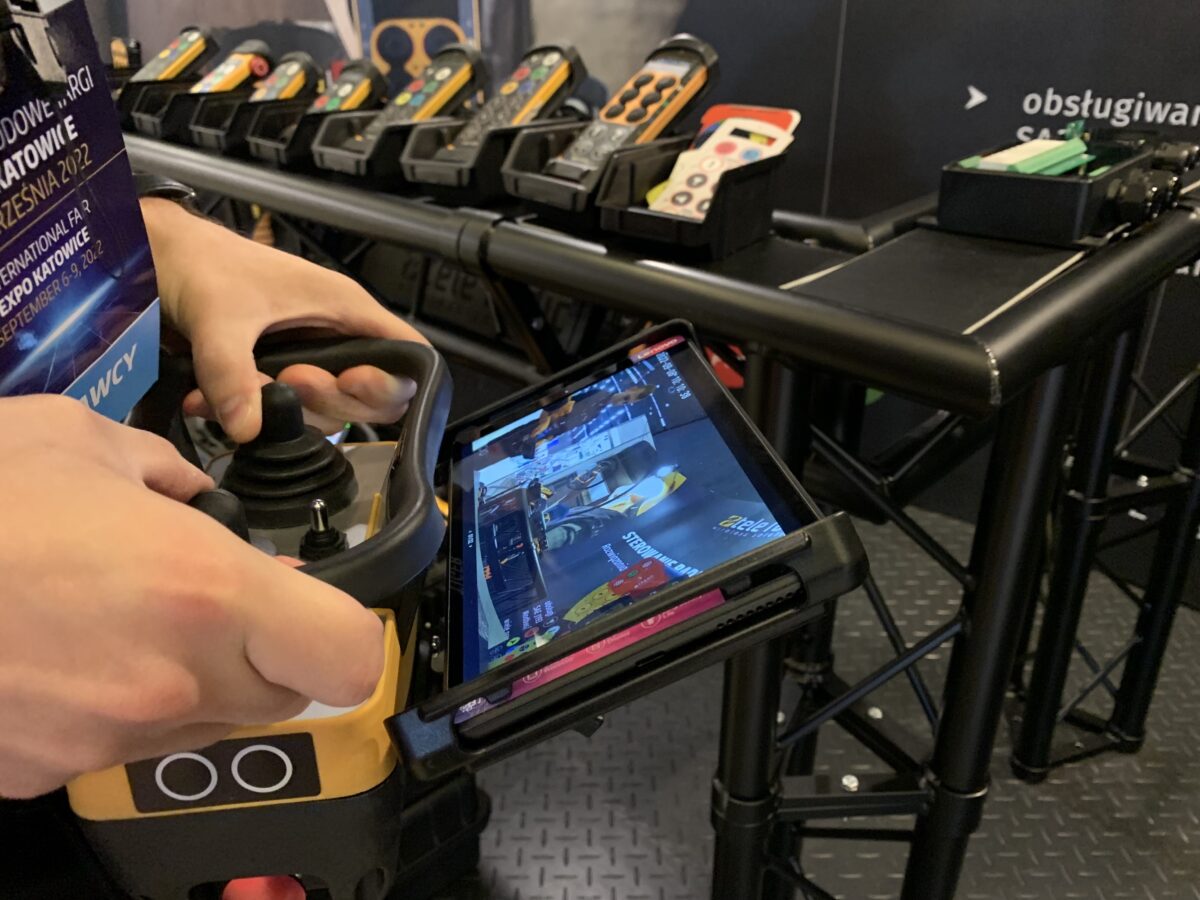
Remote Control Systems for Autonomous Vehicles
Tele Radio offers various ranges compatible with the remote operation of autonomous vehicles (AGVs and AMRs). These range from console systems with advanced screen feedback and high customization levels—both in button layout, joysticks, and casing—to small remote controls with simple button configurations, function customization, and customizable faceplates.
A mid-range option includes the Panther series with PLd CAT3 certification and the Tiger series with SIL3 PLe certification. The Tiger system allows pairing with receivers from different devices, enabling the selection of which one to control.
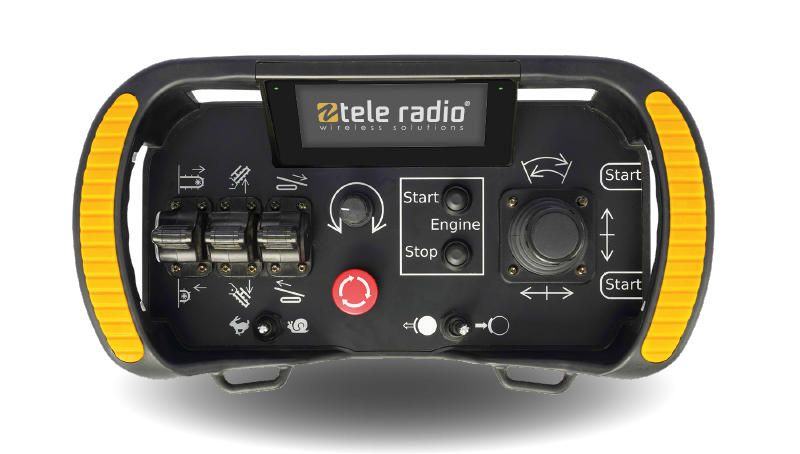
Example of an Industrial Remote Control in a Mobile Cart
Seyiton, developed by Yektamak Makina, operates using CANopen communication with a Tele Radio Tiger transmitter. It features three tracks, each equipped with a remote control system, with one serving as the master unit capable of controlling all AGVs simultaneously or individually.Thanks to Tele Radio’s screen feedback system, users can access real-time information on which machine is currently in use.
You can find more details through this link.
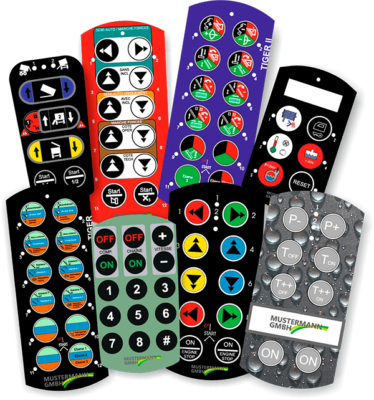
Tele Radio’s industrial remote controls have a unique code that allows for easy replacement in case of loss or damage without interrupting production or accessing the receiver. This feature is particularly useful when handling delicate or hazardous loads, as it enhances safety by eliminating the need for physical proximity to the operation area.
The emergency stop button on a wireless remote control reduces accidents by allowing the autonomous vehicle to be stopped remotely, eliminating the need for physical intervention.
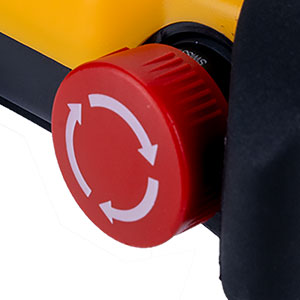
Contact us




















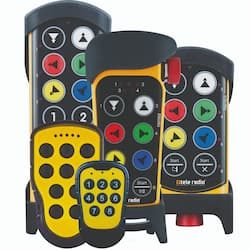
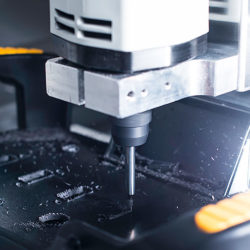

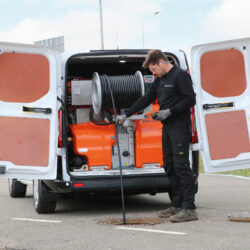
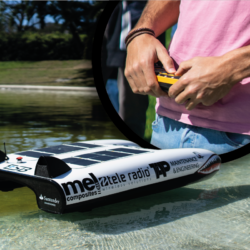
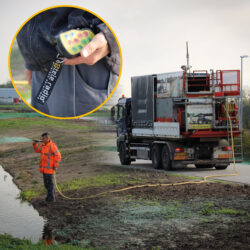
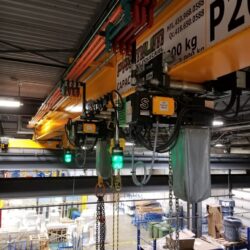

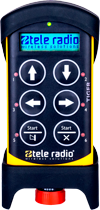

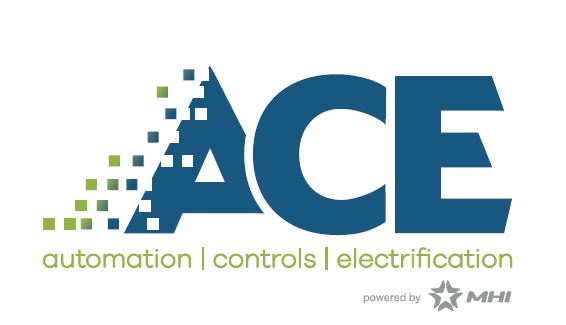


 Tele Radio supports the world wide preservation of the Tiger with WWF.
Tele Radio supports the world wide preservation of the Tiger with WWF.